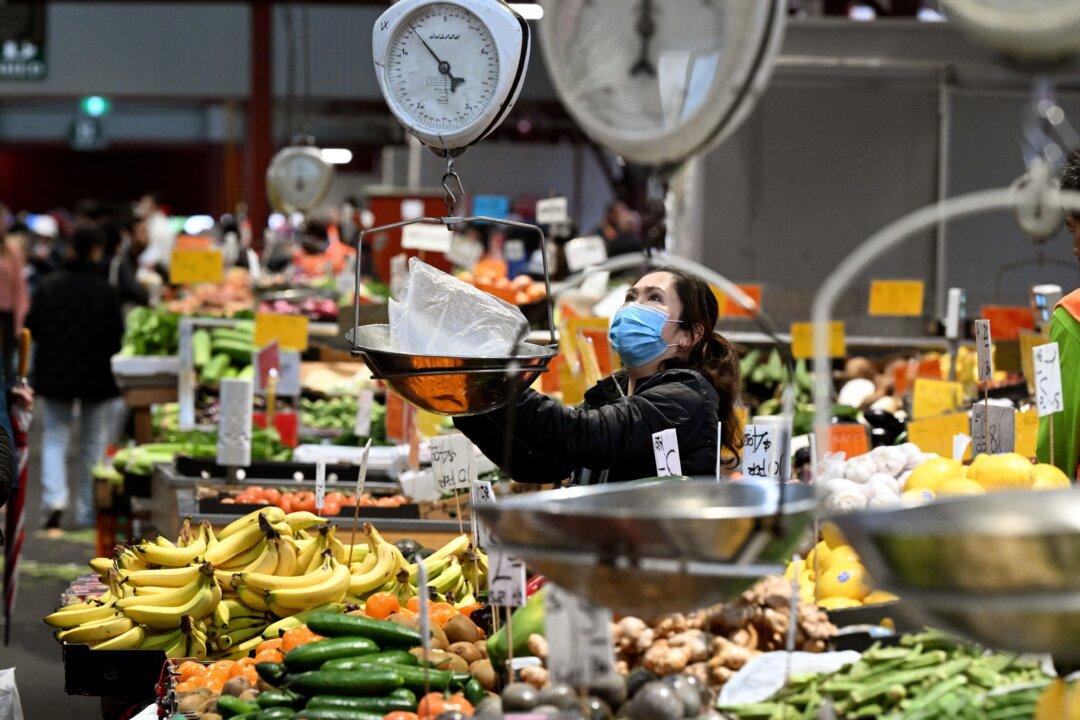Global supply chains and unstable factors in international politics are no longer the main drivers of inflation in Australia, according to the latest insight from the central bank.
Addressing economists at an annual dinner on Nov. 22, Reserve Bank of Australia (RBA) Governor Michele Bullock said inflation was becoming “increasingly homegrown and demand-driven.”





